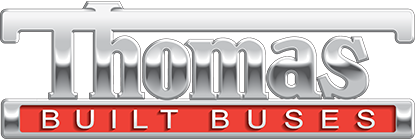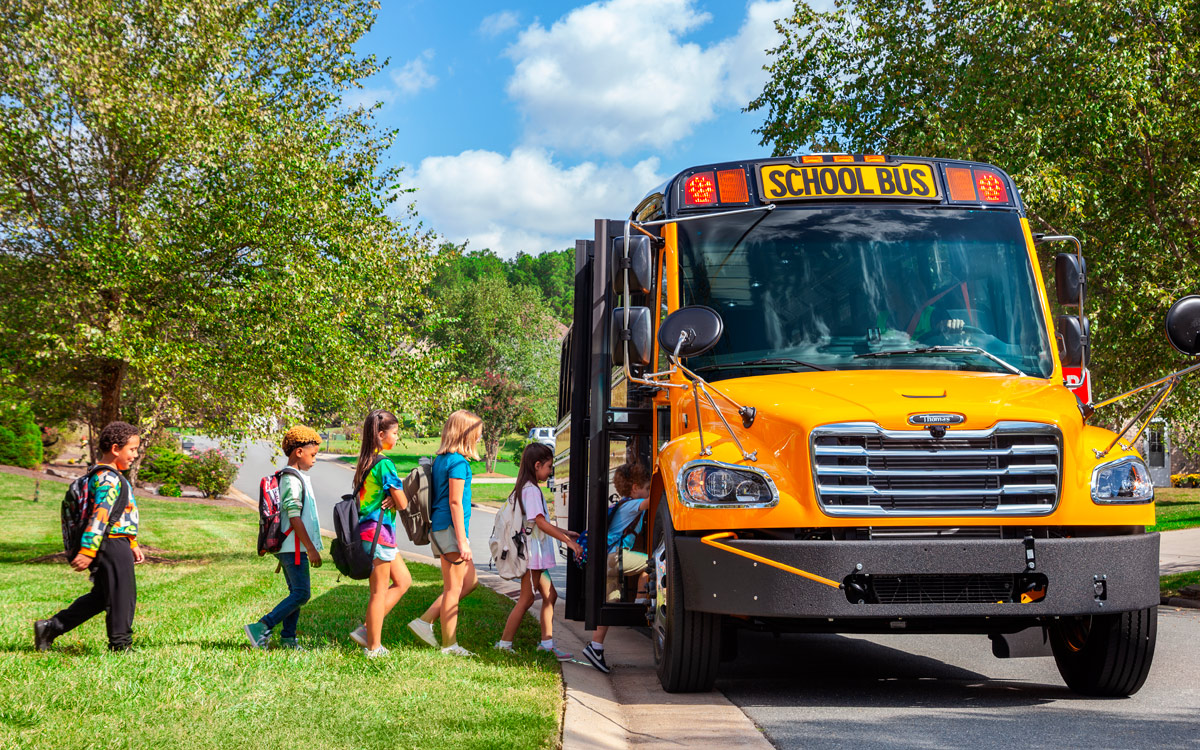
In today’s rapidly evolving industrial landscape, sustainability has become a global focus. But what does that even mean? For Thomas Built Buses, it’s about defining our commitment to our organization, our industry and the communities we serve. While our electric school bus, the Saf-T-Liner® C2 Jouley®, and its many milestones (including the recent delivery of our 1,000th) often come to…
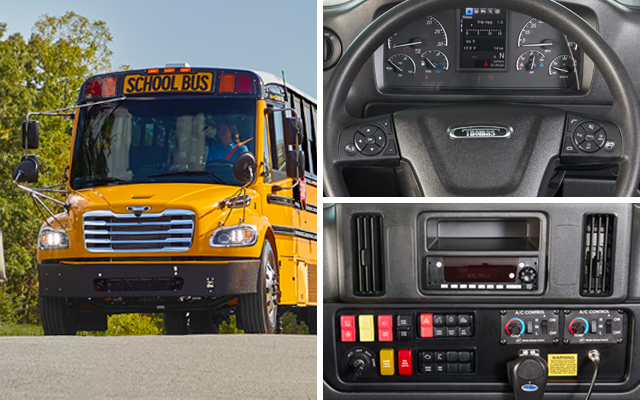
Upgrading the C2’s User-Experience for a New Era of Drivers
Student safety is in the hands of school bus drivers. The more comfortable and confident drivers feel, the more safely they drive.
For the last 20 years, Thomas Built Buses has supplied the industry with advanced electronics engineered with safety prioritized in every detail. Our Saf-T-Liner® C2 was designed…
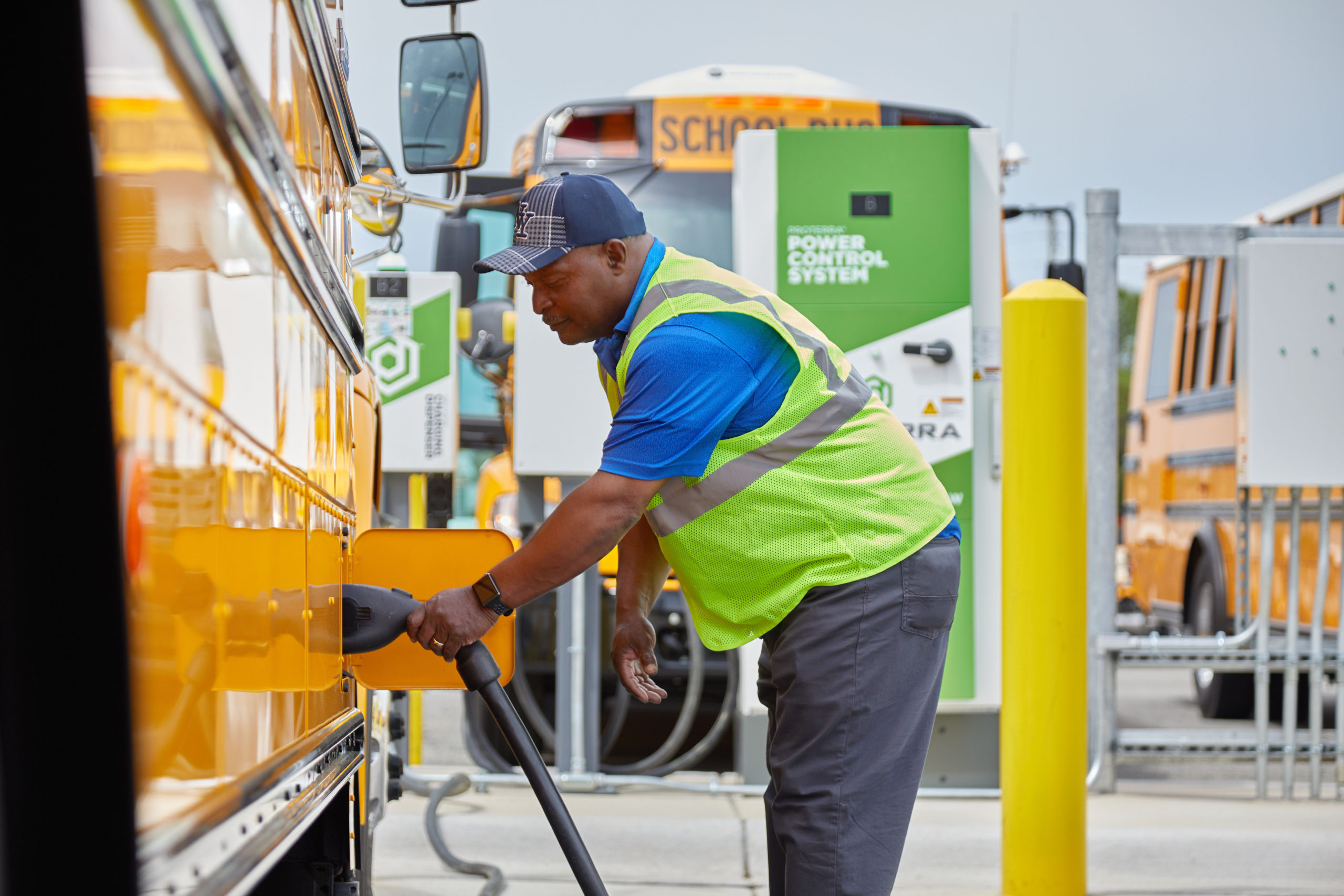
As electric school buses continue to gain momentum across the U.S. through federal incentives like the EPA’s Clean School Bus Program, school districts are looking for help in transitioning their traditional bus fleets to electric, including building out electric vehicle (EV) infrastructure.
Building and implementing charging infrastructure can be a daunting task, with challenges…

From Kendra Eads, VP of Engineering and Technology at Thomas Built Buses
As we gear up for the back-to-school season, it’s important to recognize the significant advancements in school bus technology that enhance the safety and well-being of our students during their daily journeys.
At Thomas Built Buses, our commitment to safety is evident in our mission and…
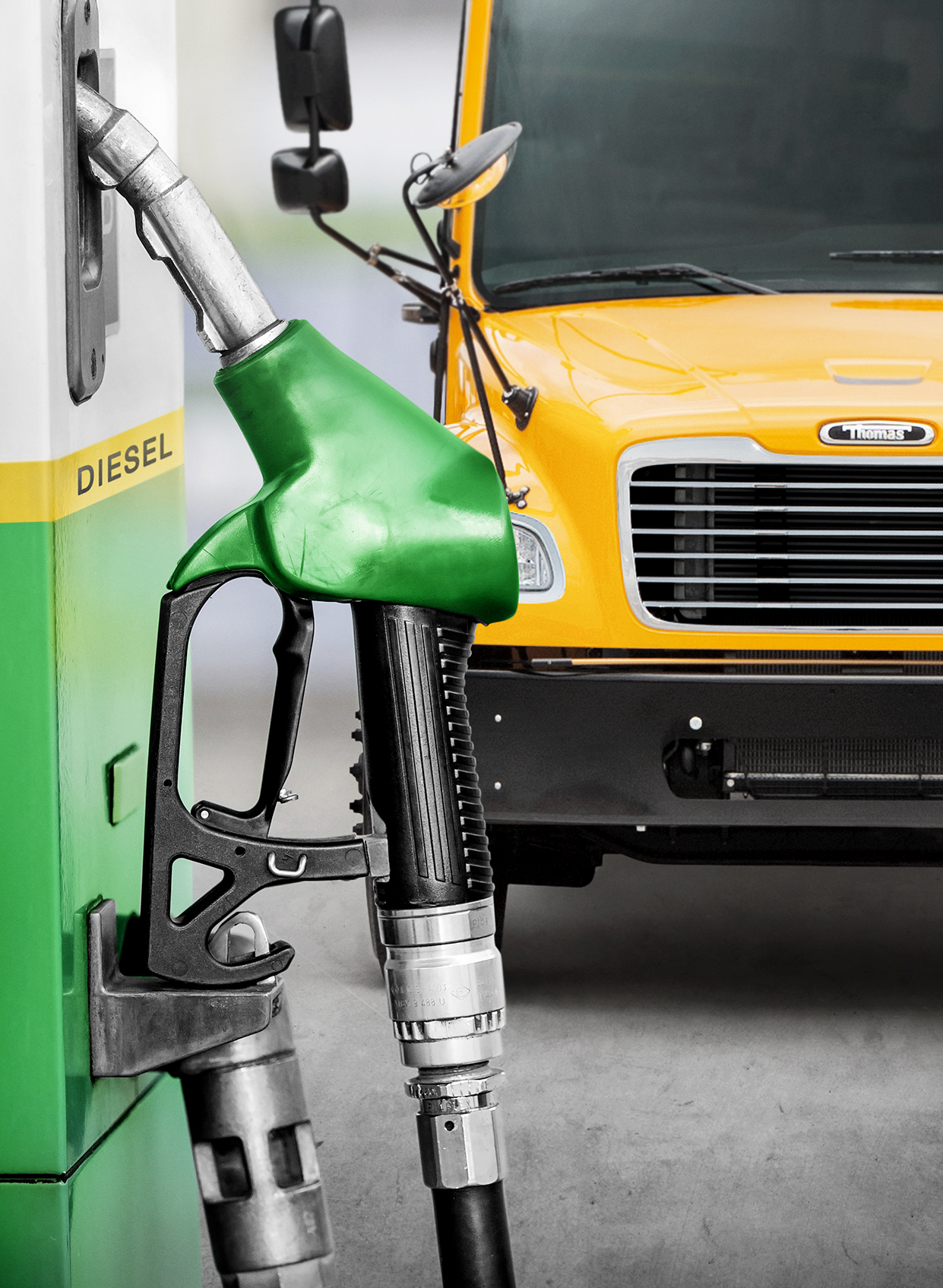
Clean-diesel today isn’t what it was 10 or 15 years ago and, in fact, it’s still the best long-term solution for most districts.
With so much talk about alternative fuels today, diesel has become a dirty word – literally. Districts running a diesel fleet are starting to feel the pressure to switch to something cleaner and greener, if only just to keep up with the buzz of the industry. But the truth is that diesel is comparable to or even cleaner than other fuel types based on EPA-regulated emissions. Aftertreatment issues are becoming a thing of the past. And districts running a diesel fleet continue to reap the benefits of proven durability, reliability and cost savings. Here’s why clean-diesel is still the best long-term solution for more districts.
1. Clean Diesel Today is Greener and Cleaner
Because of compliance with tougher EPA emissions standards, diesel fuel is now cleaner than ever. Diesel emissions at the tailpipe are more than 90 percent cleaner than they were in 2006 and are comparable to or even cleaner than other fuel types based on EPA-regulated emissions standards. When considering carbon dioxide, a greenhouse gas, diesel offers the lowest carbon footprint over the operational lifetime of the bus. That’s smaller than CNG and propane. In part, this is due to the new low-sulfur content in diesel fuel and to the new state-of-the-art engine technology, like that in the Detroit™ DD5™ that is revolutionizing not only emissions but also the maintenance required on new diesel engines.
2. Clean Diesel Saves You Money
When it comes to a fleet’s total operating budget, the largest expenditure year after year is not the initial acquisition cost of a school bus, but the cost of fuel that a district spends to run its fleet. In fact, fuel costs represent more than two-thirds of the typical school bus fleet’s annual operating expenses.
Today, clean-diesel engines, like the Cummins ISB 6.7L and the Detroit DD5, are more fuel-efficient and provide greater fuel economy. Diesel remains the most fuel-efficient engine on the market, providing up to 50% better fuel economy compared with other similar-size gasoline, propane or compressed natural gas engines. Of course, the numbers vary based on usage, mileage, terrain and other factors but, with its overall low cost, efficiency, engine durability and resale value, diesel has a total cost of ownership lower than other alternative fuels.
And with diesel, you don’t have to deal with logistical issues and fueling upgrades that come with switching to another fuel. Which means even less outlay.
3. Aftertreatment Maintenance Issues Are Becoming a Thing of the Past
At one time a pain point for technicians, aftertreatment systems are no longer the headaches they used to be. Now, through state-of-the-art variable cam-phasing technology available through Detroit, and the Stay Warm feature, available through Cummins, new clean-diesel aftertreatment systems allow additional heat to enter the exhaust stream, enabling efficient operation of the aftertreatment system in low speed, stop-and-go operations.
Plus, newer engines like the DD5 and DD8™ dramatically ease maintenance with some of the longest service intervals in their class, and remote diagnostic services provide an extra layer of support for constrained shops with limited technician bandwidth.
4. Diesel Has Stood the Test of Time
The fact remains that the majority of school bus fleet managers still choose diesel power. Diesel has been proven. Fleets have been running on diesel fuel for 20 years or more, and even today the engines continue to be reliable, durable and have stood the test of time. Newer alternative fuel engines are upfitted and not built for the medium- and heavy-duty/commercial grade market. Diesel engines are built for a harsher market. In fact, diesel engines will last 15-20 years, while other engine platforms will need to be replaced multiple times during the normal lifecycle of a school bus.
5. New Engine Technology is Here
The new Detroit DD5 and DD8 engines are here. These engines represent the best in fuel efficiency, durability, reliability, serviceability and technology/connectivity in the industry. State-of-the-art engine technologies, like variable cam phasing, help improve the performance and efficiency of the aftertreatment system and provide industry-leading emissions reductions.
The DD5, in particular, offers best-in-class fuel economy and reliability, with a B10 life of 400,000 miles. It comes with top-load oil and fuel filters for easier serviceability and the longest service intervals in its class, with up to 45,000-mile oil and fuel filter change intervals*.
And this is only the beginning. We believe in diesel and will continue to invest in technologies and innovative solutions that continue to make diesel an even better solution for our customers now and into the future.
* Or either 18 months or 1,500 hours, whichever comes sooner.
